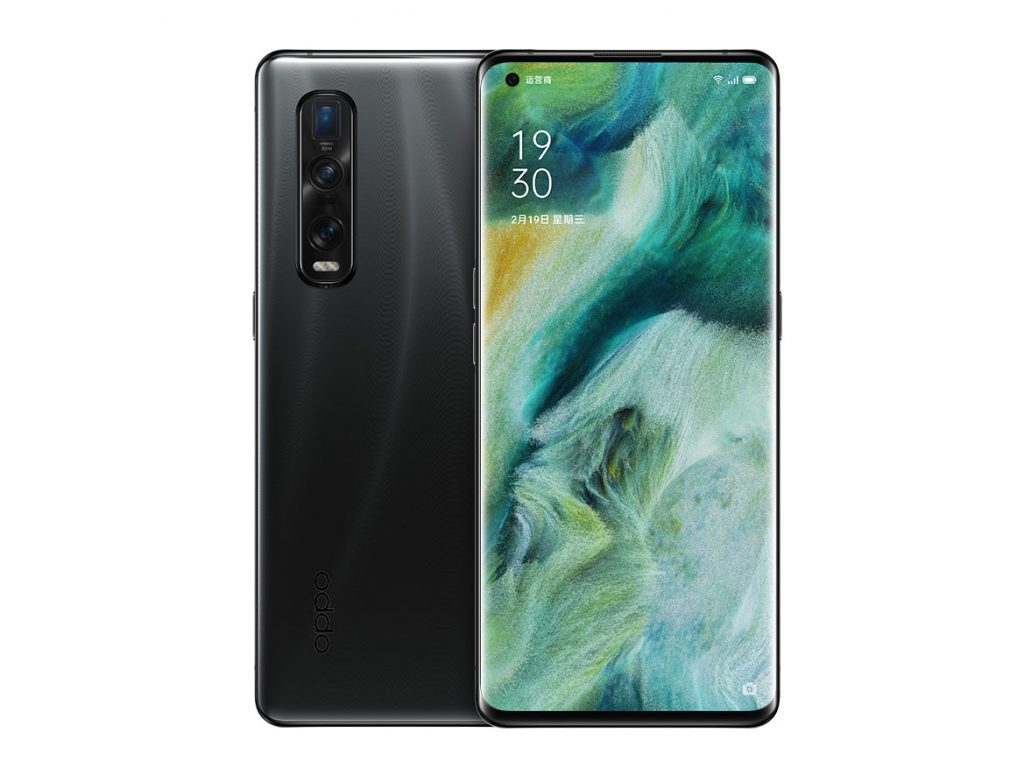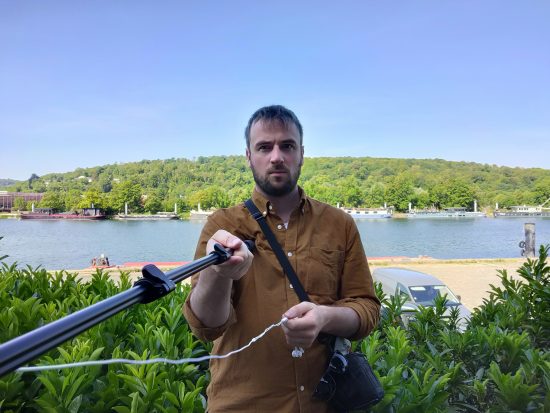The Oppo Find X2 Pro is Chinese manufacturer Oppo’s latest addition to the high-end bracket of the market, and features a Qualcomm Snapdragon 865 chipset and a 120Hz QHD+ display.
The front-facing camera features a high-resolution 32MP 1/2.8-inch sensor with 0.8µm pixels, coupled to a wide-angle f/2.4-aperture fixed-focus lens. For front camera video, the Oppo Find X2 shoots full HD footage at 1080p resolution and 30 frames per second.
Key front camera specifications:
- 32MP 1/2.8-inch sensor with 0.8µm pixels
- Wide-angle f/2.4-aperture fixed-focus lens
- 1080p/30fps video
About DXOMARK Selfie tests: For scoring and analysis in our smartphone front camera reviews, DXOMARK engineers capture and evaluate over 1500 test images and more than 2 hours of video both in controlled lab environments and in natural indoor and outdoor scenes, using the camera’s default settings. This article is designed to highlight the most important results of our testing. For more information about the DXOMARK Selfie test protocol, click here.
Test summary


With an overall DXOMARK Selfie score of 72, the Oppo Find X2 Pro is well down the rankings in our database of front camera image quality. That’s disappointing, considering the excellent performance from the device’s rear camera, but overall, the Find X2 Pro’s selfie shooter offers comparable quality to much older smartphones such as the Samsung Galaxy S8 or the Huawei P20 Pro.
Exposure on faces is generally accurate in all lighting conditions and fairly stable, so subjects are mainly well exposed.
The same can’t be said for dynamic range, however, with inconsistent activation in high-contrast outdoor and indoor scenes. When HDR processing does kick in, the results are just about acceptable, capturing some color in bright skies and backgrounds, as well as lifting darker areas. Some highlight clipping and obvious halos around the subject are visible even in the best examples. It’s very temperamental, too, and more often than not HDR processing isn’t applied, resulting in significant highlight clipping in backgrounds and on faces in both bright outdoor and backlit indoor scenes.
Depth of focus is fairly wide from the Oppo Find X2 Pro’s fixed-focus lens and subjects at both medium (55 cm) and long (120 cm) distances from the camera are always in sharp focus. The lens isn’t optimized well for close focus selfies (30 cm), however, where faces are slightly out of focus. That’s often problematic in group selfies, too, where usually at least one face is quite close to the camera; and although subjects further back will be sharp, detail in the background can be a little low.
Shooting static subjects in very bright light, the level of texture is very good, with over 80% acutance measured in our lab tests. Detail is acceptable in both indoor and low-light conditions on static subjects, too, but a significant loss of detail is evident in low light and in scenes with subject movement. In our perceptual analysis of detail, fine textures are lost in all lighting conditions; so even when subjects are in sharp focus, a loss of fine facial detail is evident. Noise on faces is generally well controlled in all lighting conditions, too, but noise is often visible in backgrounds, particularly in low-light images.
Color is another significant weakness for the Oppo Find X2 Pro, with very low scores for color response and white balance. Yellow color casts and desaturated skin tones are often visible, and colors often look unnatural in low light. Color shading is sometimes visible in outdoor and indoor images at close inspection, too.
On the plus side, bokeh shots are fairly pleasant, thanks to a nice depth-of-field effect with well-contrasted spotlights. Subject segmentation isn’t perfect, with some edge artifacts occasionally visible, and depth estimation errors can result in slightly unnatural blur gradient effects. These problems are less obvious when viewing images on the device’s screen, however, where many bokeh examples look pretty good. High-contrast scenes remain a significant problem even for bokeh shots, though, with HDR again failing to activate in the majority of our test shots, resulting in blown-out highlights and in some cases fusion artifacts.
Using flash, the Oppo Find X2 Pro captures accurate exposure on faces towards the center of the frame and white balance is fairly accurate. Color is a little inconsistent under artificial light sources, with yellow color casts visible under tungsten, and there’s often slightly different color and exposure between consecutive flash shots. Texture is low and noise is visible both on faces and in backgrounds on close inspection, too. The most obvious problem using flash is very heavy corner shading, however, which encroaches seriously into the frame, so only the center of the picture is nicely exposed.
Artifacts are another serious weakness for this device; we applied large point deductions for face rendering artifacts, halos, hue shifts, ghosting, and color quantization. Strong halos are usually visible in HDR scenes, with some hue shift visible on faces in sunny-side lit conditions, too. Ghosting and blurred elements on moving subjects are also evident, but perhaps the most problematic issue for this selfie camera is the unstable skin rendering that causes unnatural-looking detail on faces.
The camera performs comparatively better in video mode than for stills. Shooting Full HD 1080p video, exposures are accurate in almost all conditions, faces are generally in sharp focus, and white balance is accurate. Dynamic range is again very limited, however, so it’s best to avoid capturing video in high-contrast environments where significant highlight clipping is evident in bright backgrounds, and hue shifts are often visible on faces.
Video color isn’t the best we’ve seen, but rendering is acceptable both indoors and outdoors, and the Find X2 Pro avoids any serious color casts under mixed or artificial lighting. The fixed-focus lens again ensures that faces are mainly in sharp focus, as long as you’re not too close to the camera. Detail is fairly high and noise well controlled in both outdoor and indoor videos, but best to avoid capturing video in low light where detail and noise start to suffer badly. The Oppo Find X2 Pro’s stabilization system isn’t very effective for front camera video either, so expect to see some global motion in both static and walking videos.
Conclusion
Overall image quality from the Oppo Find X2 Pro’s front camera lags somewhat behind the best in class and the selfie shooter cannot match the excellent performance of its rear camera. Although exposure on faces is generally pretty good, very inconsistent HDR activation is frustrating, and slight yellow color casts and desaturated color mean results are often underwhelming. Faces are sharp at medium and long distances, but overall detail remains low except in very good light; and if you’re a fan of close selfies, you’ll find they’re generally out of focus. On a positive note, video performance is slightly better overall and bokeh shots are pleasant, if not perfect.
Photo
Pros
- Wide depth of focus
- Accurate face exposures in most conditions
- Accurate white balance using flash
- Pleasant bokeh shots
Cons
- Limited dynamic range and inconsistent activation
- Many visible artifacts
- Yellow color casts in most conditions
- Low detail in all conditions
Video
Pros
- Good face exposure in most conditions
- Nice focus on faces
- Accurate white balance
Cons
- Very limited dynamic range
- Hue shift artifacts
- Ineffective stabilization










DXOMARK encourages its readers to share comments on the articles. To read or post comments, Disqus cookies are required. Change your Cookies Preferences and read more about our Comment Policy.